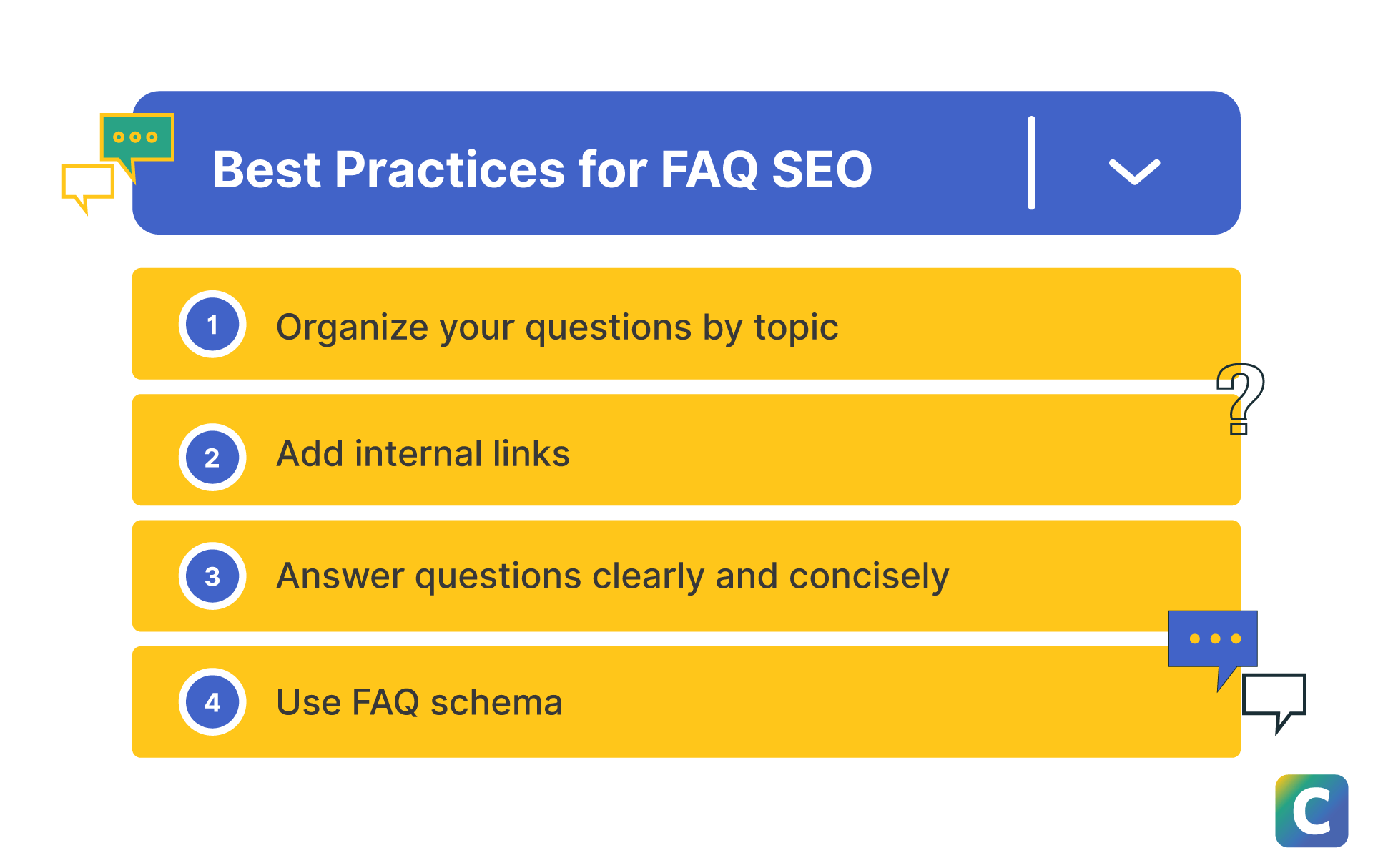Voice search is increasingly becoming a crucial aspect of how consumers interact with digital content. As more individuals turn to smart devices for information, it’s essential for digital marketers and content creators to adapt their strategies accordingly. By 2024, approximately 20.5% of global internet users are expected to utilize voice search, and this figure is likely to continue rising as technology advances and smart devices become even more integrated into everyday life. Understanding how to optimize content for voice search can help you enhance discoverability, improve the user experience, and maintain a competitive edge.
This tutorial provides a comprehensive walkthrough on optimizing your content for voice search, with insights into the latest statistics, user intent, practical optimization tips, and technical implementation strategies. We will explore the role of AI in this process and discuss the importance of schema markup, a critical component that enhances the likelihood of your content being featured in voice search results. Let’s delve into the world of voice search optimization and discover how you can enhance the visibility of your content.
What Drives Voice Search Growth and Why It Matters For You?
The growth of voice search is remarkable. From 2020 to 2024, we have witnessed a steady rise in the number of users adopting this technology. Research shows that around 20.5% of people worldwide used voice search by the second quarter of 2024. This shift illustrates changing consumer habits, particularly among younger demographics who prefer using smart devices for everyday inquiries.
In the United States, approximately 149.8 million people are expected to use voice assistants by the end of 2024, reflecting a 2.5% increase from the previous year. Notably, 33.6% of internet users aged 16 to 64 report using voice assistants weekly, emphasizing how entrenched this technology has become in daily life.
The market for voice search is projected to grow at a compound annual growth rate (CAGR) of 23.8% from 2024 to 2030. With over 1 billion voice searches conducted each month and featured snippets constituting 40% of voice search results, it’s evident that adapting your strategies now is essential.
Graph illustrating the percentage of internet users utilizing voice search, showcasing its growth and relevance in 2024 (Source: Yaguara)
By grasping these trends, you can tailor your content strategies to align closely with how users engage in voice search, thereby enhancing your digital footprint.
Voice Search Intents: Understanding What Users Are Really Asking
To create effective content for voice search, it’s crucial to understand how user intent shapes search queries. Google Assistant employs advanced algorithms like Natural Language Processing (NLP), RankBrain, and BERT to interpret these queries, facilitating more natural interactions.
RankBrain specifically helps decipher search intent, delivering relevant content based on context. Interestingly, 40% of voice queries utilize featured snippets, making it beneficial to optimize your content to appear in this format.
It's important to craft content around common questions users ask, such as “What is the best Italian restaurant near me?” or “How do I fix a leaky faucet?” Generally, the ideal length for voice search responses is approximately 29 words, so providing concise and clear answers is vital.
 Infographic detailing various ranking factors that Google Assistant considers for voice search queries (Source: Areaten)
Infographic detailing various ranking factors that Google Assistant considers for voice search queries (Source: Areaten)
By understanding these elements, you can enhance your content structure, allowing it to better align with user search patterns.
Crafting Content for Voice Search: Tips You Can Start Today
Now that you understand the significance of voice search growth and user intent, let’s explore actionable strategies to optimize your content for this channel. Here are some practical tips to improve your content's visibility:
-
Create Conversational Content: Use a natural tone and language that reflects spoken dialogue. This approach increases user engagement, making your content relatable and accessible.
-
Incorporate Long-Tail Keywords: Voice searches tend to be longer than text-based queries. Use phrases and questions that mirror how people naturally ask for information.
-
Utilize Local SEO Strategies: If your business targets a local audience, include relevant local keywords and phrases that pertain to your community.
-
Focus on Structured Content: Break your content into easily digestible sections with clear headings and bullet points. This format assists voice assistants in retrieving and relaying information effectively.
-
Implement FAQ Sections: Adding an FAQ page with common questions about your products or services can greatly improve voice search visibility.
 A well-optimized FAQ page example that illustrates how to present content effectively for voice search (Source: Sanity.io)
A well-optimized FAQ page example that illustrates how to present content effectively for voice search (Source: Sanity.io)
By applying these strategies, you’ll position your content to perform well in voice search, making it easier for users to access the information they seek.
Utilizing ProseVision’s NLP: Automate and Elevate Your Voice Search Strategy
Advancements in Natural Language Processing (NLP) offer significant opportunities for marketers. ProseVision harnesses AI to analyze and comprehend user queries, enabling you to streamline your content optimization process.
You can leverage ProseVision’s NLP capabilities to identify trending keywords and phrases within your niche, informing your content strategy effectively. Furthermore, AI can evaluate audience queries, allowing you to tailor your messaging to better serve their needs.
Consider employing automated content management systems to simplify your optimization efforts. Case studies reveal that businesses using AI tools, such as ProseVision, often experience noticeable improvements in visibility and user engagement.
For example, an auto repair shop reported a 45% increase in customer inquiries after implementing AI for targeted content creation specifically designed for voice search. This illustrates how automation and AI can provide substantial advantages in optimizing voice search strategies.
 A flowchart depicting the decision-making framework of artificial intelligence that can be leveraged by ProseVision for content optimization (Source: ResearchGate)
A flowchart depicting the decision-making framework of artificial intelligence that can be leveraged by ProseVision for content optimization (Source: ResearchGate)
By incorporating NLP tools like ProseVision, you can automate much of your voice search optimization process, allowing you to focus on improving content quality.
Measuring Success in Voice Search: Key Metrics and Tools You Need
To know whether your voice search optimization efforts are effective, it’s essential to track and measure your performance. Here are several key metrics you should monitor:
-
Voice Search Traffic: Use analytics tools to gauge how much traffic your site receives from voice search queries.
-
Click-Through Rates (CTR): Monitor the CTR on content optimized for voice search. This data provides insights into user engagement.
-
Keyword Performance: Regularly evaluate how well your long-tail keywords perform in voice searches and adjust your approach as necessary.
-
Voice Search Conversion Rates: Track how many visitors from voice searches convert into customers, as this reflects the effectiveness of your content.
With tools like Google Analytics, SEMrush, or specialized voice search tracking solutions, you can gather valuable data on these metrics. Continuous testing and adjustments to your content strategy will keep you in sync with evolving trends and shifts in user behavior.
 A voice search analytics dashboard showing key metrics that can help evaluate performance in voice search (Source: Freepik)
A voice search analytics dashboard showing key metrics that can help evaluate performance in voice search (Source: Freepik)
By analyzing these key performance indicators, you can refine and enhance your voice search content strategy effectively.
Schema Markup Simplified: A Step-by-Step Guide to Boost Your Voice Search Visibility
Schema markup is pivotal in enhancing your content's visibility in voice search results. It provides search engines with clearer information about your webpages. Here’s how to implement it effectively:
-
What is Schema Markup?: Schema markup is structured data added to your website’s HTML, helping search engines better understand your content.
-
Types of Schema to Consider:
- FAQ Schema: Ideal for marking up frequently asked questions.
- Local Business Schema: Provides essential details like operating hours, address, and phone number.
- HowTo Schema: Useful for instructional content that breaks down processes step by step.
-
How to Implement Schema Markup:
- Use tools like Google’s Structured Data Markup Helper or test your schema using the Rich Results Test tool provided by Google.
- Make sure to validate your markup for errors and verify it using Google Search Console.
Research indicates that implementing structured data can lead to a 20-30% increase in voice search visibility. Therefore, investing time in schema markup is advisable for achieving long-term SEO success.
 An example of schema markup that demonstrates how to structure data to improve SEO and visibility in voice search (Source: WordStream)
An example of schema markup that demonstrates how to structure data to improve SEO and visibility in voice search (Source: WordStream)
Following these steps will help you utilize schema markup effectively, significantly increasing your chances of being featured by voice assistants.
Conclusion
In conclusion, optimizing content for voice search on smart devices is an essential strategy in today's digital landscape. By grasping user intent, leveraging AI tools like ProseVision, and implementing effective measurement strategies, you can significantly enhance your content's discoverability.
Don't overlook the importance of schema markup in elevating your content's visibility in voice search results. As technology continues to evolve, adapting your approach will ensure you stay relevant and engaging to your audience. Begin implementing these techniques today, and you are likely to see a positive impact on your voice search performance. Embrace the future of search and make sure your content meets the growing needs of voice search users.

Komentar (0)
Masuk untuk berpartisipasi dalam diskusi atau .